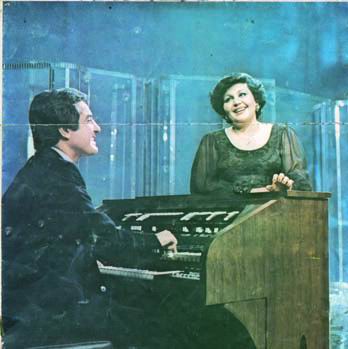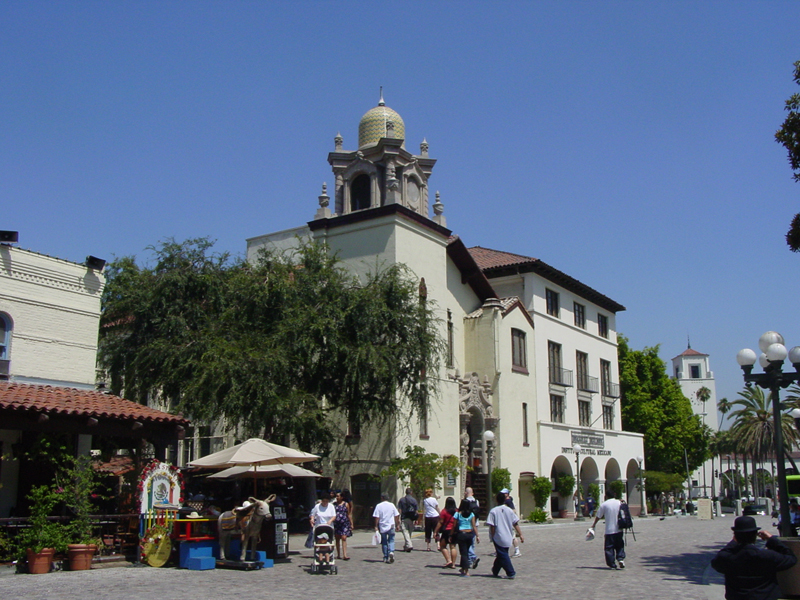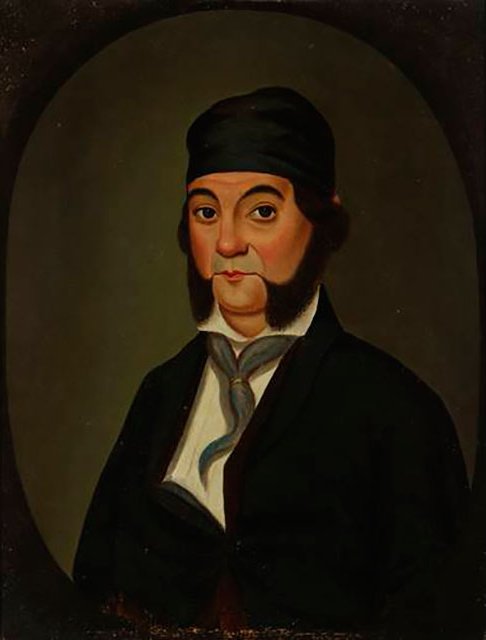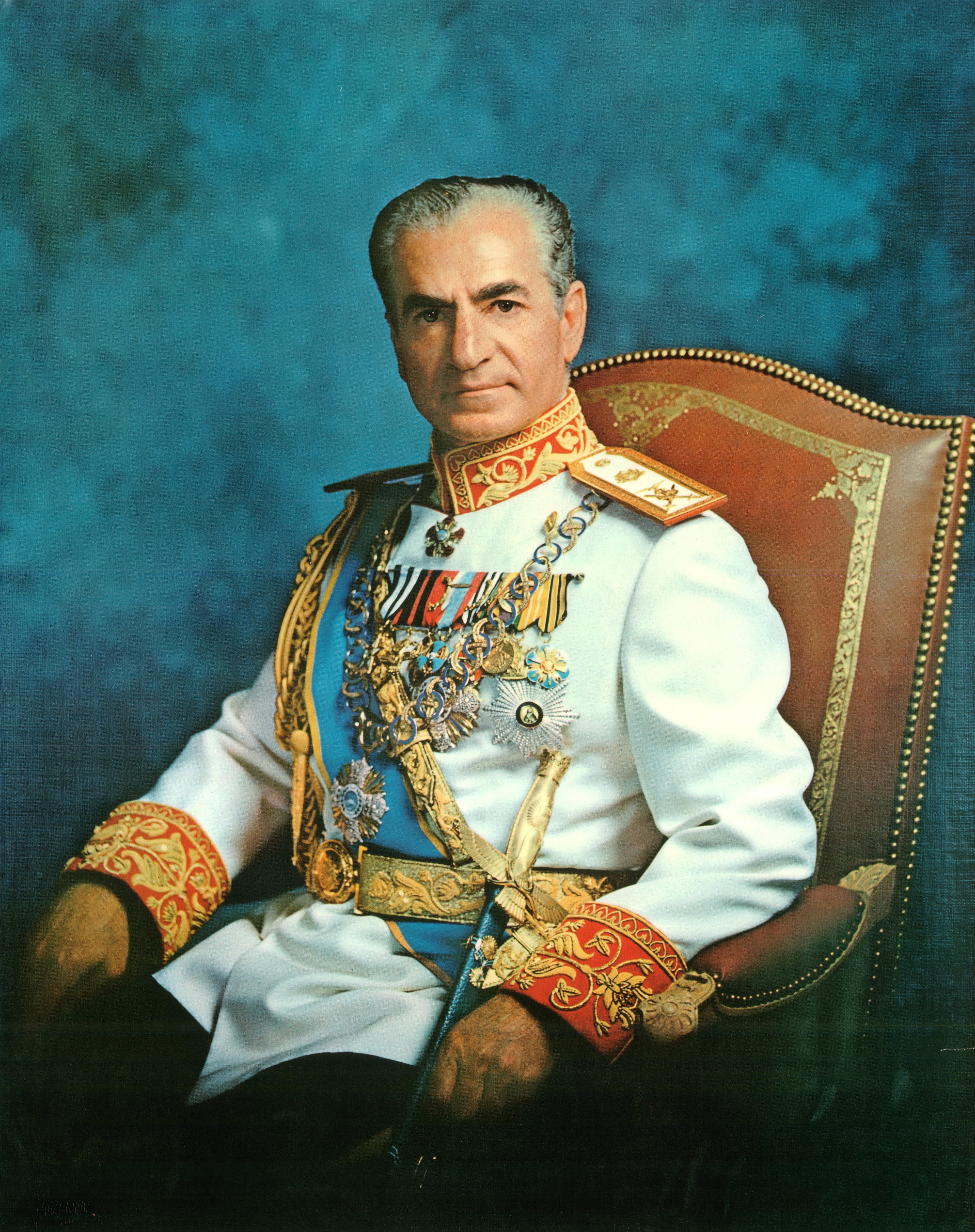|
Loghman Adhami
Loghman Adhami (born 1949) is an Iranian violinist and composer. Biography Adhami was born in 1949 in Tehran, Iran. From the age of 7, he began playing the violin and composing at age 15. He studied under prominent Iranian and international musicians, such as Parviz Yahaghi, Ali Tajvidi, Manuel Compensky, George Martiroussian and Ronald Konieszica. Adhami holds a B.A. in music from the School of Arts in Tehran and an M.Sc. from the University of Cincinnati – College-Conservatory of Music. Adhami's musical training includes the Iranian violin technique, the Persian modal ('' dastgah'') system, western classical composition and theory, and classical violin technique. Since the 1970s, Loghman Adhami has performed, composed and arranged numerous songs for leading Iranian singers, notably Ebi Hamedi, Fereydoon Farrokhzad, Mahasti, Hayedeh, Hassan Sattar, Homeyra and Leila Forouhar. Also, he has had extensive collaborations with the Iranian lyricists Tooraj Negahban and Far ... [...More Info...] [...Related Items...] OR: [Wikipedia] [Google] [Baidu] |
Hayedeh
Ma'soumeh Dadehbala ( fa, معصومه ددهبالا; 10 April 1942 – 20 January 1990), known professionally as Hayedeh ( fa, هایده), was an Iranian singer with a contralto vocal range. Known for her wide range of voice, her career spanned over two decades, and she has been widely described as one of the most popular and influential musicians of Iran. Early life and career Ma'soumeh Dadehbala was born on 10 April 1942 in Tehran. She was the elder sister of another popular singer Mahasti. Her professional career began in 1968 as a singer on a Persian traditional music program in Radio Tehran called " Golhâye Rangârang" ( fa, گلهای رنگارنگ "Colorful Flowers") directed by Davoud Pirnia. Hayedeh studied '' Avaz'' (Persian vocal music) with the Persian violinist and composer Ali Tajvidi. "Azadeh" (1968), which was composed by Ali Tajvidi, with lyrics by Rahi Moayeri, was Hayedeh's first official hit and debut also. It was first performed in 1968 on Radio ... [...More Info...] [...Related Items...] OR: [Wikipedia] [Google] [Baidu] |
Los Angeles
Los Angeles ( ; es, Los Ángeles, link=no , ), often referred to by its initials L.A., is the largest city in the state of California and the second most populous city in the United States after New York City, as well as one of the world's most populous megacities. Los Angeles is the commercial, financial, and cultural center of Southern California. With a population of roughly 3.9 million residents within the city limits , Los Angeles is known for its Mediterranean climate, ethnic and cultural diversity, being the home of the Hollywood film industry, and its sprawling metropolitan area. The city of Los Angeles lies in a basin in Southern California adjacent to the Pacific Ocean in the west and extending through the Santa Monica Mountains and north into the San Fernando Valley, with the city bordering the San Gabriel Valley to it's east. It covers about , and is the county seat of Los Angeles County, which is the most populous county in the United States with an ... [...More Info...] [...Related Items...] OR: [Wikipedia] [Google] [Baidu] |
KIRN
Kirn is a town in the Bad Kreuznach district in Rheinland-Pfalz, Germany. It is the seat of the ''Verbandsgemeinde'' Kirner Land. Kirn is a middle centre serving an area on the Nahe and in the Hunsrück. Geography Location Kirn lies in a landscape characterized by the Nahe valley and the valley of the Hahnenbach, cut deeply into the Lützelsoon, roughly 10 km northeast of Idar-Oberstein and 30 km west of Bad Kreuznach. The valley floors are heavily settled in places, whereas the steep slopes in the higher areas are mostly bare of buildings and decked with forest. Rising up above the woodland canopy in many places are freestanding quartzite crags. Particularly striking among these are the Oberhauser Felsen, the Kallenfels and the Wehlenfelsen north of the town. Flowing through the unhurried inner town is the Hahnenbach, which rises in the Hunsrück, and not too much farther downstream empties into the Nahe. Also characterizing the town's appearance is the quarry up fro ... [...More Info...] [...Related Items...] OR: [Wikipedia] [Google] [Baidu] |
Costa Mesa, California
Costa Mesa (; Spanish for " Table Coast") is a city in Orange County, California. Since its incorporation in 1953, the city has grown from a semi-rural farming community of 16,840 to an urban area including part of the South Coast Plaza–John Wayne Airport edge city, one of the region's largest commercial clusters, with an economy based on retail, commerce, and light manufacturing. The city is home to the two tallest skyscrapers in Orange County. The population was 111,918 at the 2020 census. History Members of the Tongva and Acjachemen nations long inhabited the area. The Tongva villages of Lupukngna, at least 3,000 years old, and the shared Tongva and Acjachemen village of Genga, at least 9,500 years old, were located in the area on the bluffs along the Santa Ana River. After the 1769 expedition of Gaspar de Portolà, a Spanish expedition led by Junípero Serra named the area Vallejo de Santa Ana (Valley of Saint Anne). On November 1, 1776, Mission San Juan Capistr ... [...More Info...] [...Related Items...] OR: [Wikipedia] [Google] [Baidu] |
International Music School
International is an adjective (also used as a noun) meaning "between nations". International may also refer to: Music Albums * ''International'' (Kevin Michael album), 2011 * ''International'' (New Order album), 2002 * ''International'' (The Three Degrees album), 1975 *''International'', 2018 album by L'Algérino Songs * The Internationale, the left-wing anthem * "International" (Chase & Status song), 2014 * "International", by Adventures in Stereo from ''Monomania'', 2000 * "International", by Brass Construction from ''Renegades'', 1984 * "International", by Thomas Leer from ''The Scale of Ten'', 1985 * "International", by Kevin Michael from ''International'' (Kevin Michael album), 2011 * "International", by McGuinness Flint from ''McGuinness Flint'', 1970 * "International", by Orchestral Manoeuvres in the Dark from '' Dazzle Ships'', 1983 * "International (Serious)", by Estelle from '' All of Me'', 2012 Politics * Political international, any transnational organization ... [...More Info...] [...Related Items...] OR: [Wikipedia] [Google] [Baidu] |
Tonbak
The ''tombak'' (Persian: تمبک), ''tonbak'' (تنبک), or ''zarb'' (ضَرب) is an Iranian goblet drum. It is considered the principal percussion instrument of Persian music. The tombak is normally positioned diagonally across the torso while the player uses one or more fingers and/or the palm(s) of the hand(s) on the drumhead, often (for a ringing timbre) near the drumhead's edge. Sometimes, tombak players wear metal finger rings for an extra-percussive "click" on the drum's shell. Tombak virtuosi often perform solos lasting ten minutes or more. Description The tombak is a single-headed goblet drum is about 18 inches in height with a 28 centimetre diameter head. Its shell is carved from a single block of (sometimes highly figured, knotted or marbled) wood, maybe with a carved design or geometric pattern (such as furrows, flutes, diamonds and/or spirals—it is often a costly, heirloom-type or vintage musical instrument). At the bottom the shell is somewhat thicker tha ... [...More Info...] [...Related Items...] OR: [Wikipedia] [Google] [Baidu] |
Tar (lute)
The tar (from fa, تار, lit=string) is a long-necked, waisted lute family instrument, used by many cultures and countries including Iran, Azerbaijan, Uzbekistan, Armenia, Georgia, Tajikistan (Iranian Plateau), Turkey, and others near the Caucasus and Central Asia regions.tar (musical instrument) Encyclopædia Britannica . Retrieved on 2013-01-01. The older and more complete name of the tār is ''čāhārtār'' or ''čārtār'', meaning in Persian "four string", (''čāhār'' frequently being shorted to ''čār''). This is in accordance with a practice common in Persian-speaking areas of distinguishing lutes on the basis of the number of strings originally employed. Beside the čā ... [...More Info...] [...Related Items...] OR: [Wikipedia] [Google] [Baidu] |
Kamanche
The kamancheh (also kamānche or kamāncha) ( fa, کمانچه, az, kamança, hy, Քամանչա, ku, کەمانچە ,kemançe) is an Iranian bowed string instrument used in Persian traditional music, Persian, Azerbaijani music, Azerbaijani, Armenian music, Armenian, Kurdish music, Kurdish, Music of Georgia (country), Georgian, Music of Turkmenistan, Turkmen, and Music of Uzbekistan, Uzbek music with slight variations in the structure of the instrument. The kamancheh is related to the rebab which is the historical ancestor of the kamancheh and the bowed Byzantine lyra. The strings are played with a variable-tension Bow (music), bow. In 2017, the art of crafting and playing with Kamantcheh/Kamancha was included into the UNESCO Intangible Cultural Heritage Lists of Azerbaijan and Iran. Name and etymology The word "kamancheh" means "little bow" in Persian (''kæman'', bow, and ''-cheh'', diminutive). The Turkish word kemenche, kemençe is borrowed from Persian, with the pron ... [...More Info...] [...Related Items...] OR: [Wikipedia] [Google] [Baidu] |
Iranian Revolution
The Iranian Revolution ( fa, انقلاب ایران, Enqelâb-e Irân, ), also known as the Islamic Revolution ( fa, انقلاب اسلامی, Enqelâb-e Eslâmī), was a series of events that culminated in the overthrow of the Pahlavi dynasty under Shah Mohammad Reza Pahlavi, and the replacement of his government with an Islamic republic under the rule of Ayatollah Ruhollah Khomeini, a leader of one of the factions in the revolt. The revolution was supported by various leftist and Islamist organizations. After the 1953 Iranian coup d'état, Pahlavi had aligned with the United States and the Western Bloc to rule more firmly as an authoritarian monarch. He relied heavily on support from the United States to hold on to power which he held for a further 26 years. This led to the 1963 White Revolution and the arrest and exile of Ayatollah Khomeini in 1964. Amidst massive tensions between Khomeini and the Shah, demonstrations began in October 1977, developing into a campaig ... [...More Info...] [...Related Items...] OR: [Wikipedia] [Google] [Baidu] |






